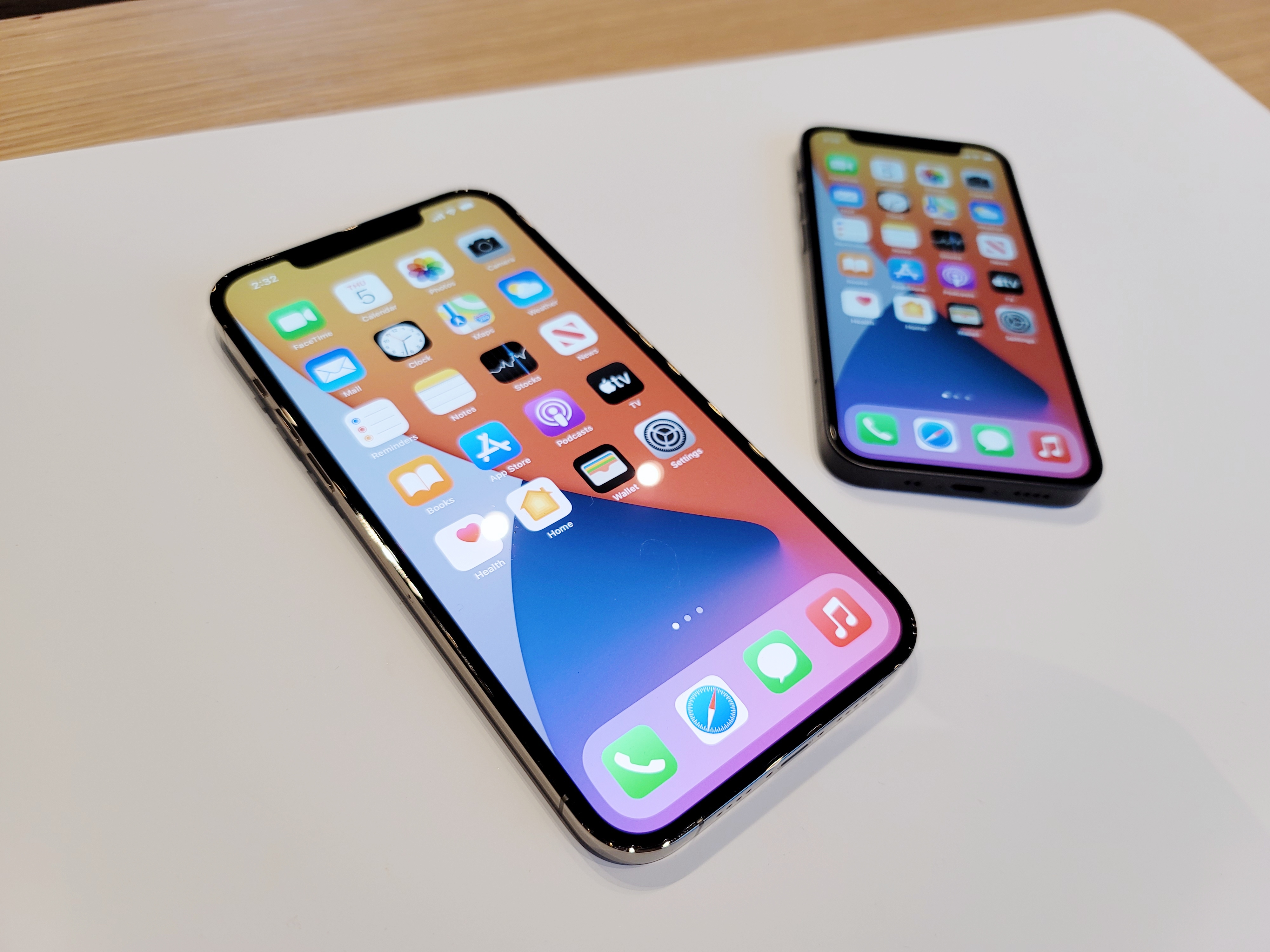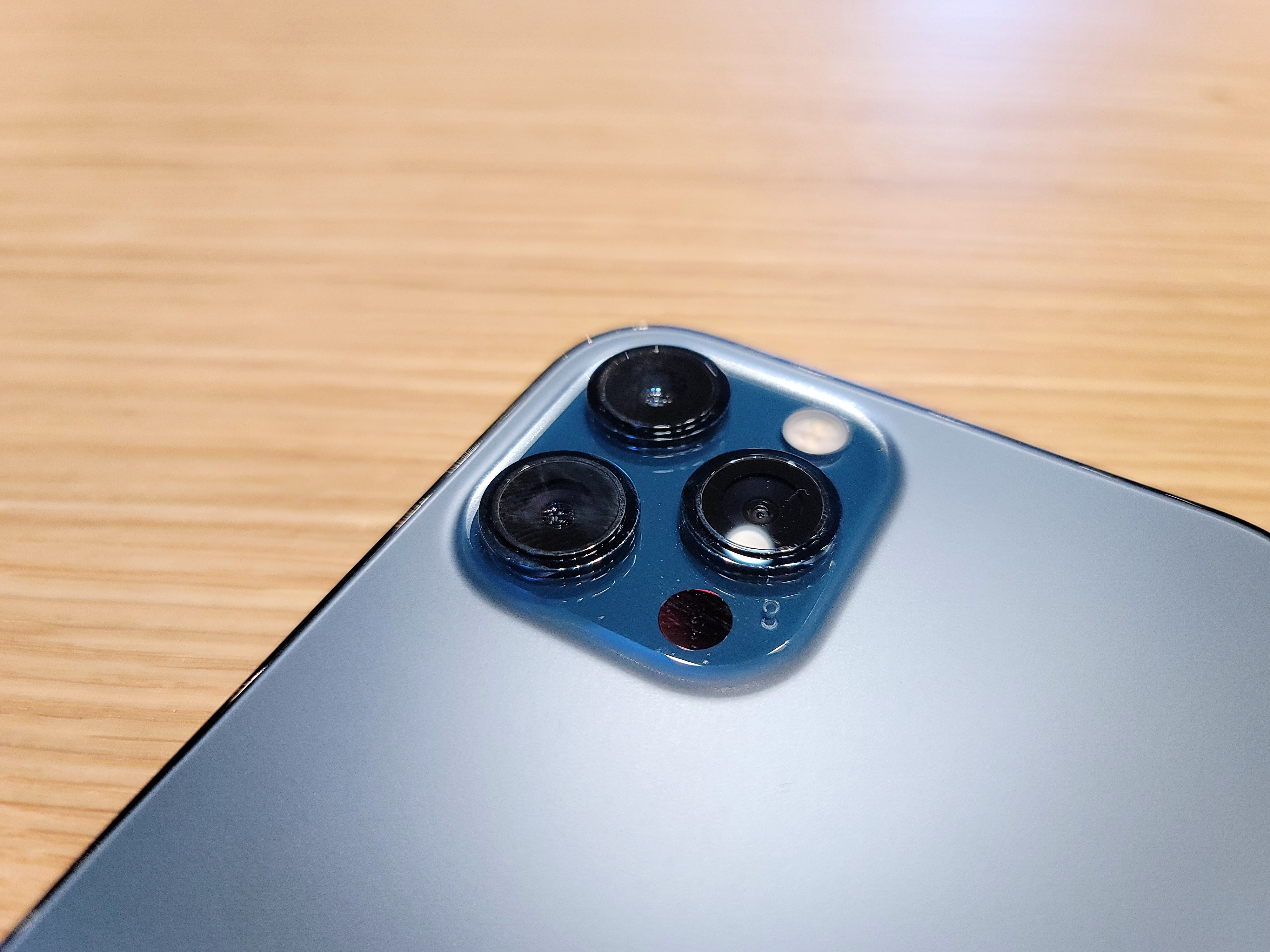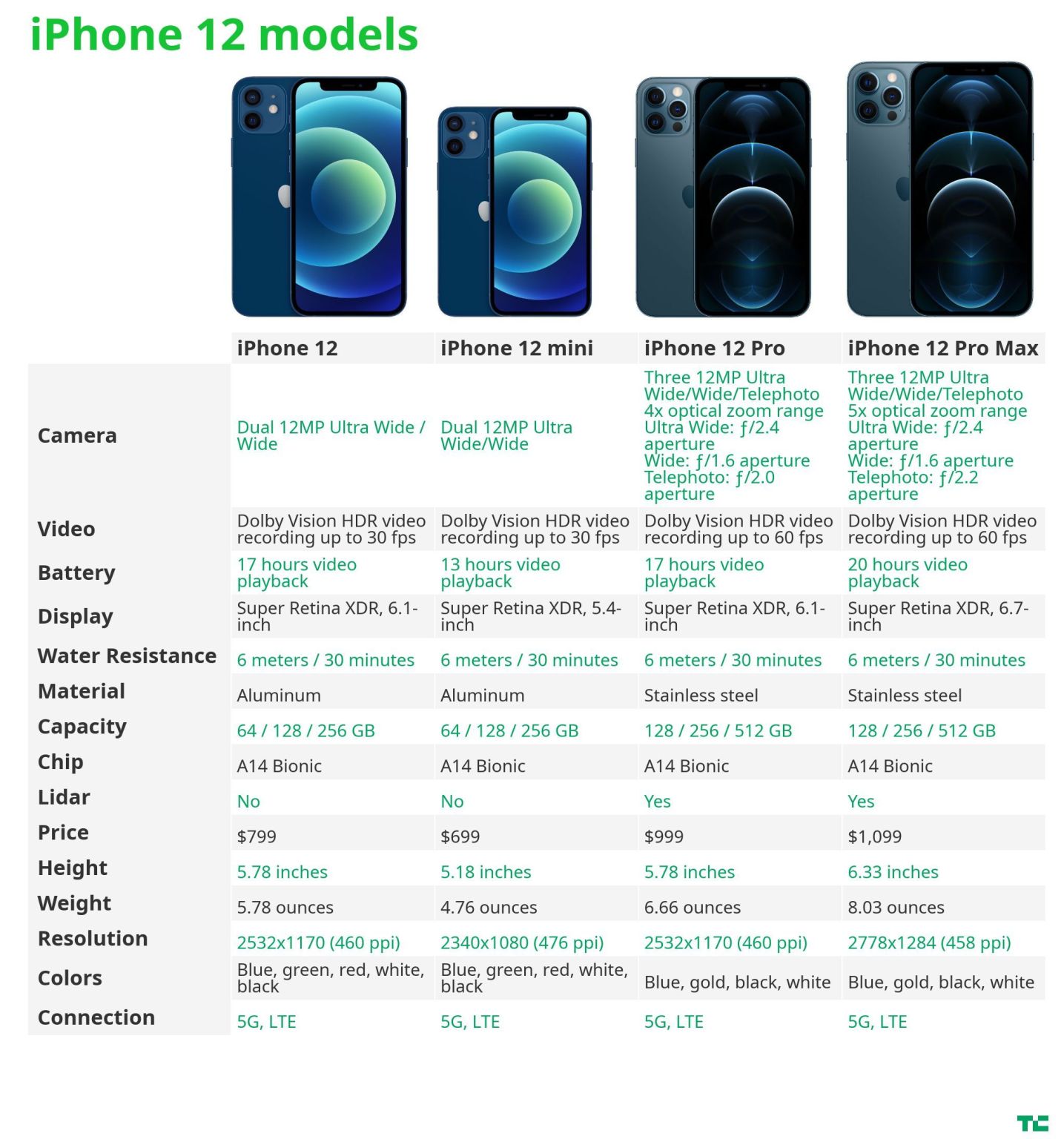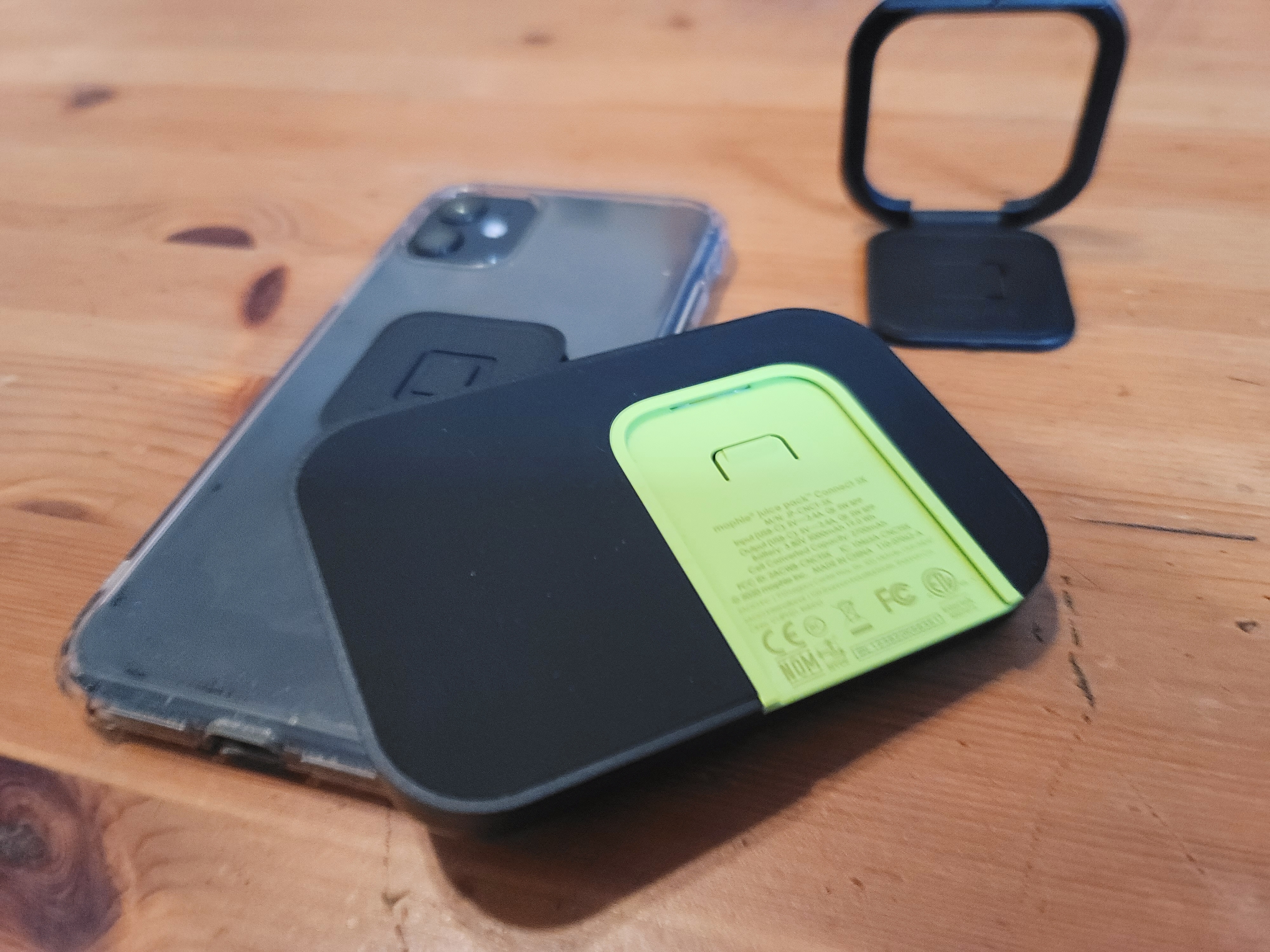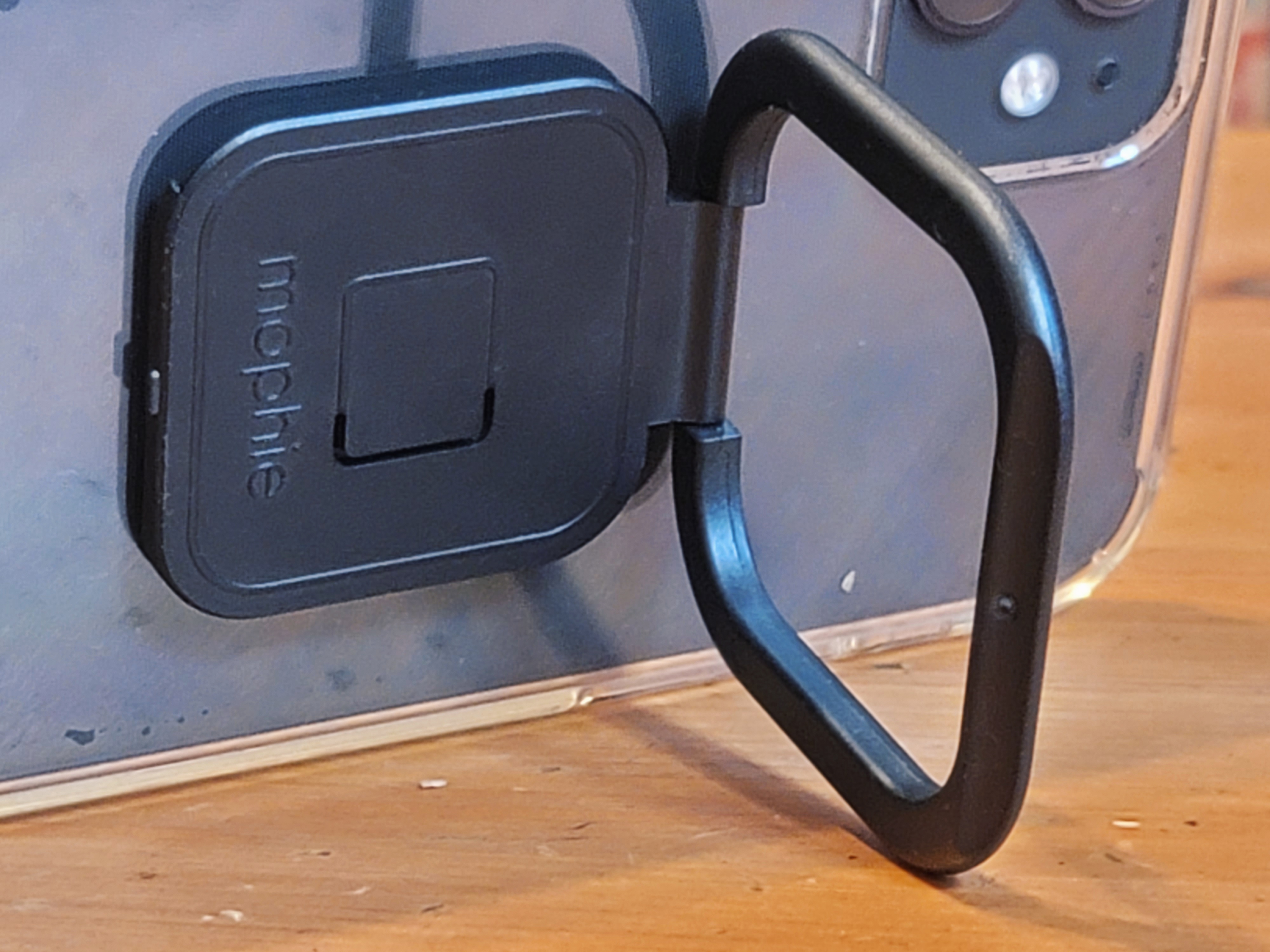The DOJ challenges Visa’s acquisition of a fintech startup, Apple releases the latest version of iOS and goPuff acquires an iconic alcohol retailer. This is your Daily Crunch for November 5, 2020.
The big story: DOJ files suit to stop Plaid acquisition
The Department of Justice is challenging Visa’s $5.3 billion acquisition of financial services startup Plaid. There were reports last month that the DOJ was investigating the acquisition, but now the department has actually filed suit.
“By acquiring Plaid, Visa would eliminate a nascent competitive threat that would likely result in substantial savings and more innovative online debit services for merchants and consumers,” DOJ argued.
Visa responded in a statement arguing that the suit shows “a lack of understanding of Plaid’s business and the highly competitive payments landscape in which Visa operates.”
The tech giants
Facebook takes down ‘Stop the Steal 2020’ group organizing around false claims of election chicanery — Facebook has taken down a group that had amassed more than 300,000 members while sharing misinformation and organizing around false allegations of impropriety during the 2020 elections.
Apple releases iOS 14.2 with new emojis and an accessibility feature that locates people with lidar — Among other things, this release introduces more than 100 new emojis.
Review: Microsoft’s Xbox Series X is ahead of its time — This thing has a lot of specs behind it.
Startups, funding and venture capital
Delivery startup goPuff acquires BevMo for $350M — This comes less than a month after goPuff announced a $380 million round that valued the startup at $3.9 billion.
Proctorio used DMCA to take down a student’s critical tweets — A series of tweets by one Miami University student that were critical of a proctoring software company have been hidden by Twitter after the company filed a copyright takedown notice.
Vivid Money raises $17.6M for its European challenger bank — Vivid Money is a challenger bank with a few nifty features.
Advice and analysis from Extra Crunch
Three tips for SaaS founders hoping to join the $1 million ARR club — Building a SaaS company is much, much more difficult if you approach it without a tried and true process.
Implementing a data-driven approach to guarantee fair, equitable and transparent employee pay — The lack of clarity can lead to confusion and negative feelings that affect our productivity and relationships with our employers.
Inside fintech startup Upstart’s IPO filing — The fintech startup facilitates loans between consumers and partner banks, an operation that attracted around $144 million in capital prior to its IPO.
(Reminder: Extra Crunch is our membership program, which aims to democratize information about startups. You can sign up here.)
Everything else
DOJ says it seized over $1 billion in bitcoin from the Silk Road drugs marketplace — In a statement today, the Justice Department confirmed it seized the 70,000 bitcoins generated in revenue from drug sales on the Silk Web marketplace.
NASA wants new and innovative storytelling tech to document its Artemis moon missions — NASA has issued a new request for proposals from partners that would be able to help it supplement its own storytelling in new and innovative ways.
Mixtape podcast: Wellness in the time of the struggle — Shine co-founder and co-CEO Marah Lidey discusses mental health, venture capital, portfolio diversity and connecting with other founders.
The Daily Crunch is TechCrunch’s roundup of our biggest and most important stories. If you’d like to get this delivered to your inbox every day at around 3pm Pacific, you can subscribe here.
from Apple – TechCrunch https://ift.tt/3mU7a7S

